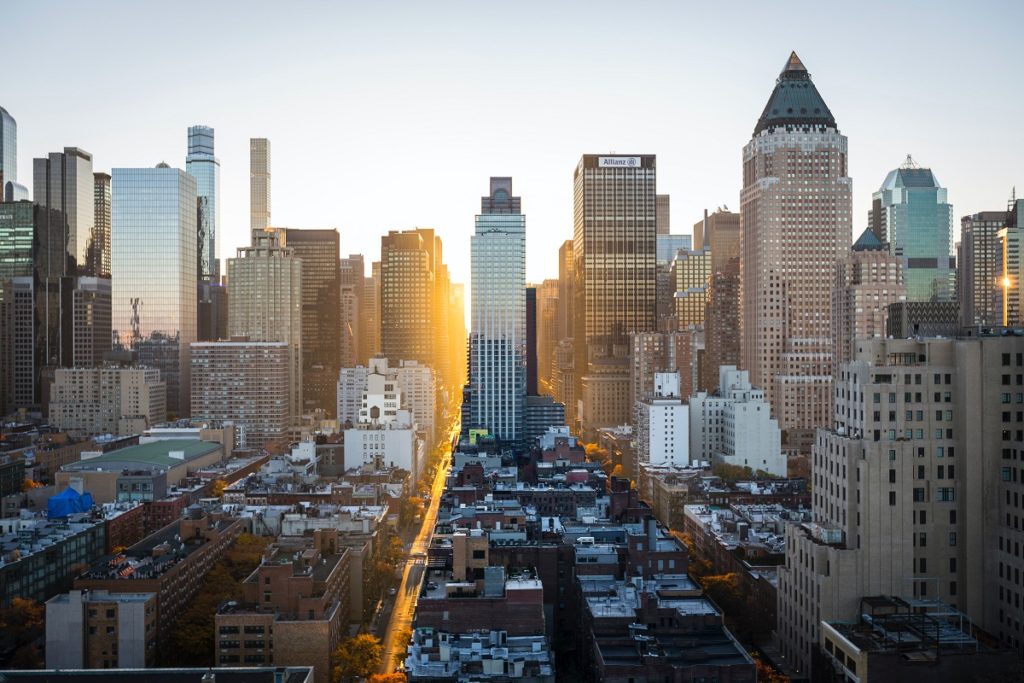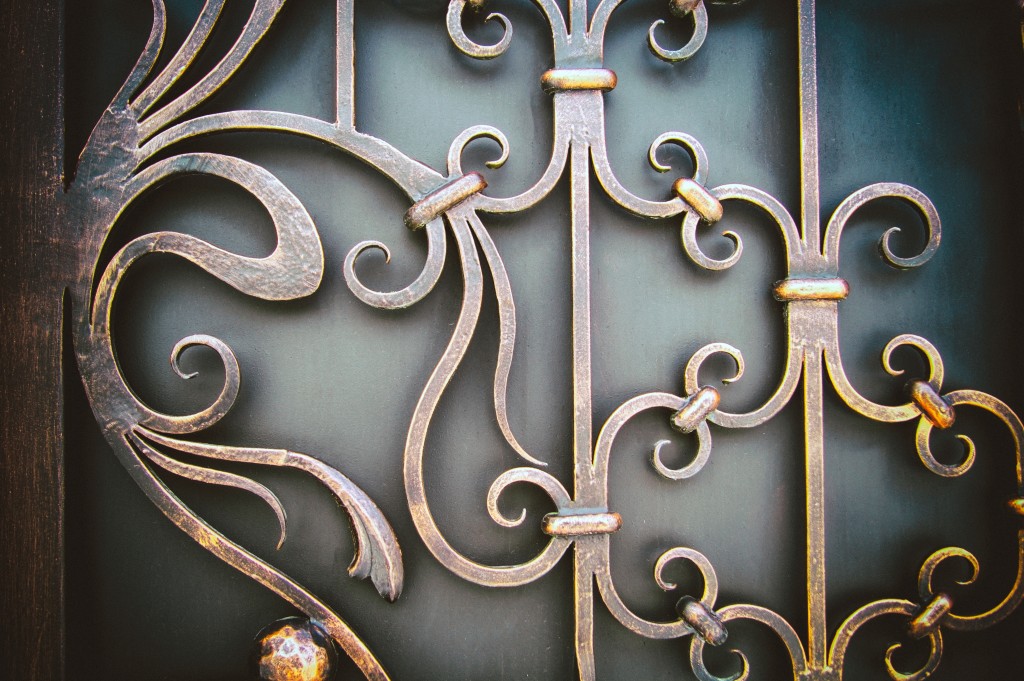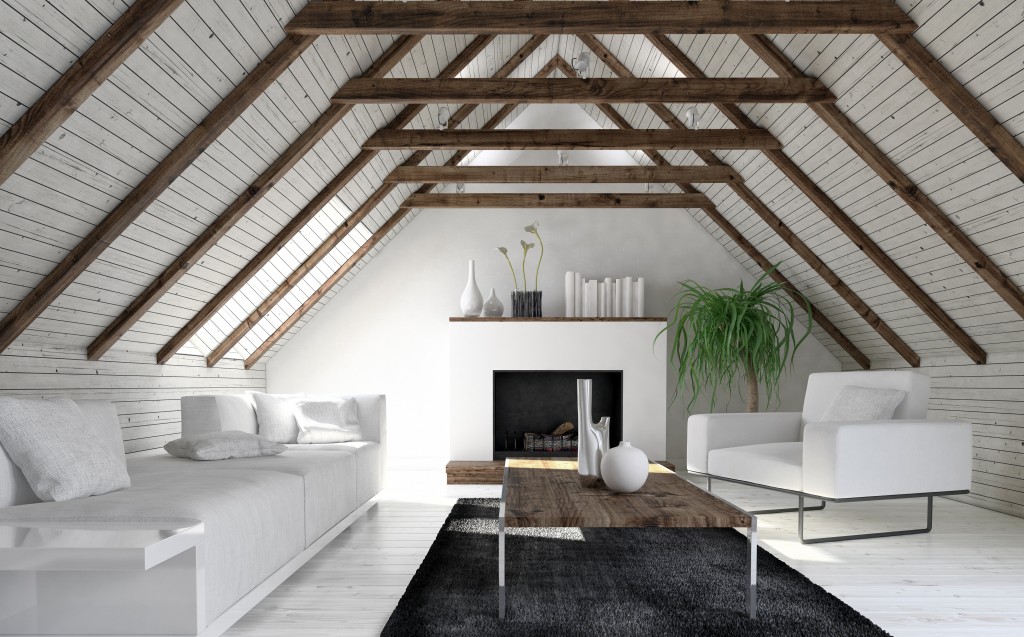American architecture has long been overlooked in the art world, mostly because of how diverse its style is; unlike other architectural styles, American architecture doesn’t fit one, single description.
Rather, American architecture, much like Americans themselves, take some of the best parts of European and World art and juxtaposes it to the American context and milieu. This can be seen in some of the country’s most iconic and historic landmarks, from the neoclassical architectural styles of State capitols, the White House, and the Statue of Liberty, to the American Gothic styles of the 1840’s.
Here, we list down some of America’s most overlooked modern architectural wonders and their importance in both American architecture and world art in general:
The Biltmore Estate
One of the most iconic examples of the Belle Epoch in American history, the Biltmore Estate was, at the time, the largest, most luxurious private residence in the entire country. Located in Asheville, North Carolina, the estate was built for the then-exclusive use of the Vanderbilt family, one of America’s richest and most influential families.
Designed by Richard Morris Hunt, the Biltmore Estate takes elements from both English manor-style houses and French châteaux in the design of both the grounds and the house itself. The entire estate clocks in at almost 180,000 square feet, making it the largest private home in the United States.
Taliesin West
America’s premier architect, Frank Lloyd Wright is considered to be one of the major representatives of American architecture to the world. His desert home, named Taliesin West, is located in Scottsdale, Arizona, nestled comfortably in the McDowell Mountains. Wright started construction in 1937, but it wasn’t finished until years later with the help of his architectural students.
The house uses desert masonry to show off the local building materials of the area, from desert rocks and cement mixed with desert sand, to redwood beams and volcanic rock. Taliesin West showcases Wright’s love of mixing nature and architecture, with rooms seamlessly blending in to both the natural features of the outside and to each other.
The Union Terminal
Built in 1933, the Union Terminal was Cincinnati’s most expensive train station at the time, costing around $41 million to complete. But the cost was worth it: as one of the most important cities in the trans-continental routes of the country, the Union Terminal quickly became an iconic part of the city. Designed by architectural firm Fellheimer & Wagner, the Union Terminal still functions as a train station, but is also home to the Cincinnati Museum Center.
The Union Terminal boasts the largest half-dome in the entire western hemisphere, and is decorated by exquisite mosaics by iconic American artist Winold Reiss. The entire building showcases classic geometrics with arched roofs and is considered to be one of the most beautiful examples of American Art Deco.
 Stahl House
Stahl House
One of the most recognizable and famous buildings in modern American architecture, the Stahl House (also known as Case Study House #22) was completed in 1959 and was designed by another great of American architecture, Pierre Koenig.
Built for Buck and Carlotta Stahl, the Stahl House is designed to look like a floating glass cube that overlooks the Los Angeles basin and the Pacific Ocean from its location at the heart of the Hollywood Hills. It has been the shooting location of numerous Hollywood movies throughout the decades and was named a Los Angeles Historic-Cultural Monument in 1999.



